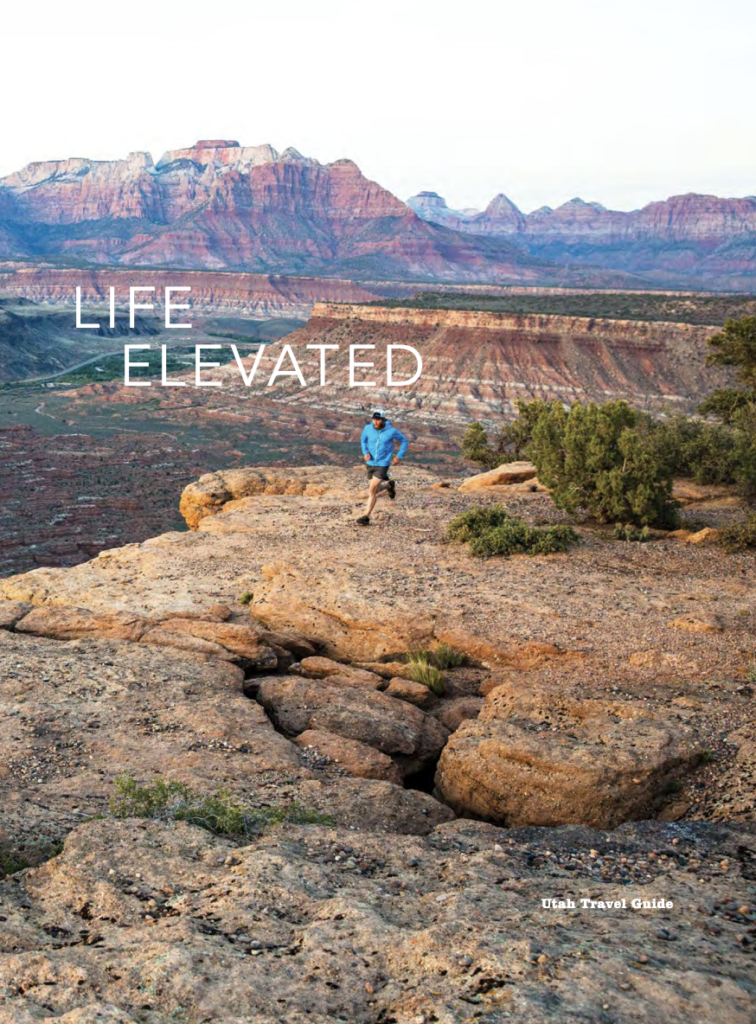
Past attendees at eTourism Summit have been treated to some of Jay’s truly innovative approaches to the digital DMO space.
One CMO commented, “I was really fascinated by what Jay Kinghorn has been doing in Utah with very advanced testing of their content and applying neuroscience to it…that is really something I want to go into in more depth, for sure.”
Jay Kinghorn is Associate Managing Director, Utah Office of Tourism. We are pleased to publish his responses to our six questions in the series, “Thought Leaders See Tomorrow” featuring members of the eTourism Summit Advisory Board.
Q: Digitally speaking, what keeps you up at night?
A: The complexity of digital campaigns continues to increase. From tag management, site performance, creative experiments and optimization of the media buy, there are many factors to manage with a relatively small staff.

Q: What will the successful DMO model look like in five years? What are its main differences to the current model?
A: I believe DMOs have the opportunity to help visitors fall in love with their destinations. This is more than marketing and providing information to deliver exceptional customer service, personalized travel itineraries, prompt answers to questions and the ability to connect new visitors with experienced, repeat visitors to help visitors feel confident in their travel planning.
Q: Where will DMOs be able to add value? And especially, how can we create trust and deliver on it?
A: DMOs are really the only entity a traveler interacts with while planning their trip that isn’t motivated by a profit margin. Our role is to champion our destination and that gives DMOs the freedom to put the visitors’ needs front and center in how we orient our services, content

Q: Outside of travel, which marketing work impresses you and are there lessons that can be applied to tourism marketing?
A: The most meaningful marketing campaigns I’ve seen recently focus on the emotional connections between people and the innate desire to belong to a community, whether that is a small, niche audience or being an informed global citizen. Two of the Super Bowl ads from this past weekend that stood out, Coca-Cola and Google, emphasized shared values and the connections that are common across cultures. There is opportunity for tourism marketing to highlight the connections made through travel and the transformative power of new places and experiences.

Q: Looking glass: What will the digital travel marketing landscape look like five years from now?
A: I don’t know that anyone can predict how the marketing landscape will change in five years. However, I do believe that the trends having the most impact on the next five years will be digital privacy & tracking, expansion of voice interfaces and the state of the economy. With those trends in mind, I suspect the most valuable attributes for marketers will be adaptability and resilience.
Q: How can data drive better creative?
A: Data (qualitative and quantitative) can provide the kernel of insight to focus the creative process and direct it toward a specific consumer need. Data can also winnow out creative that doesn’t connect with the audience, helping to improve the overall performance of a campaign.
